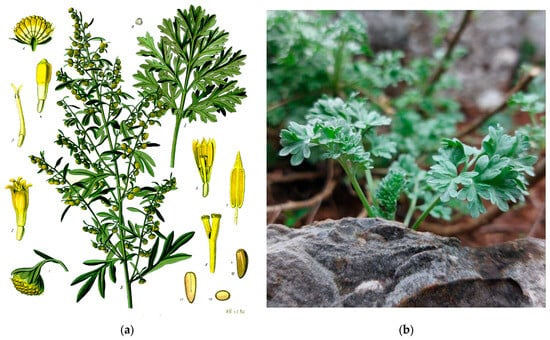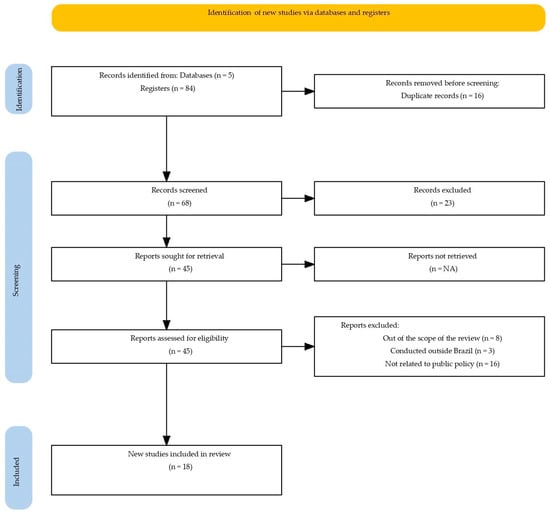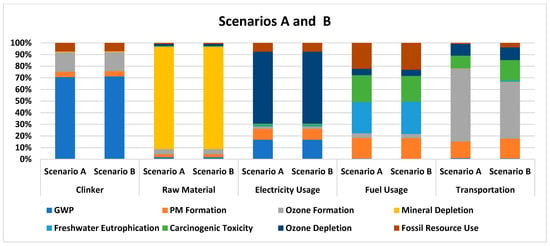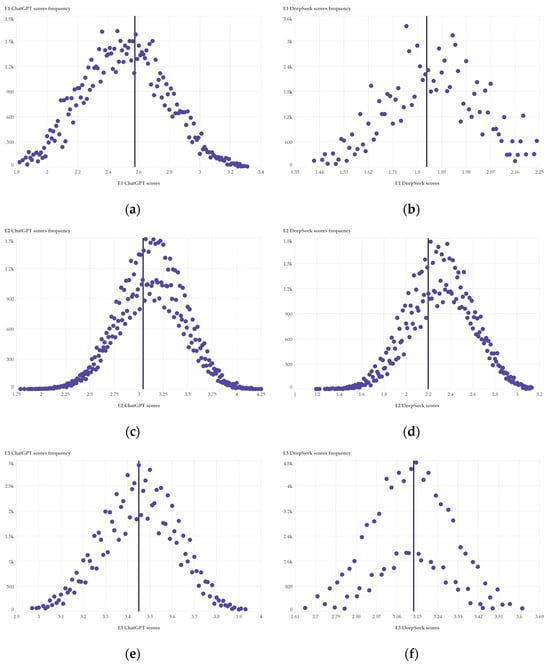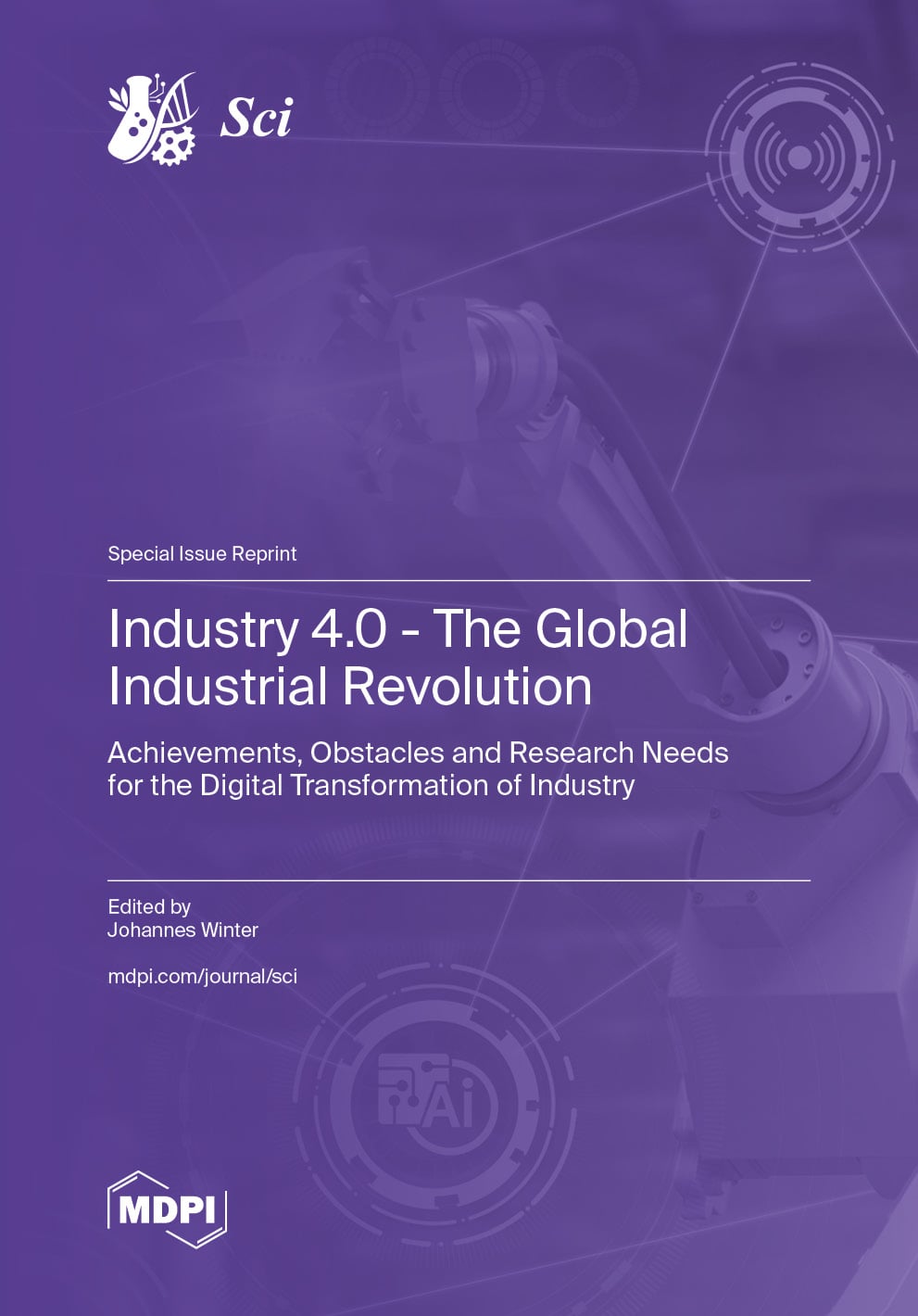- Review
The Historical Role of Wormwood and Absinthe in Infectious Diseases: A Narrative Review and Future Perspectives
- Anna Rosaria Di Fronzo,
- Andrea Misin and
- Verena Zerbato
- + 7 authors
Plants have been used in medicine for centuries to treat various diseases, with alcohol and ethanol being known as universal solvents for the extraction of medicinal plant substances. This article sheds light on Artemisia absinthium (wormwood) and absinthe usage in the history of medicine. The invention of absinthe in Switzerland in 1797 made it an integral part of everyday life and the harmful effects of the massive consumption of this product were labelled absinthism. The medicinal properties of wormwood and absinthe are explored from the earliest records of the use of wormwood from the Ebers Papyrus (copies of which date back to 1550 BC) to the military consumption of absinthe during the French invasion of Algiers in 1830. As widely accepted, A. absinthium has both anthelmintic and antiprotozoal properties. In addition, modern medicine has demonstrated antibacterial, antifungal and antibiofilm properties of the plant extracts. In order to fully utilise the therapeutic potential of A. absinthium, advances in pharmaceutical technology are essential. One promising solution could lie in nanotechnological delivery systems. In our opinion absinthe is another impressive example of how tonics containing various herbal substances were used in the history of medicine to manage infections before their efficacy was later proven in vitro and in vivo.
15 December 2025


